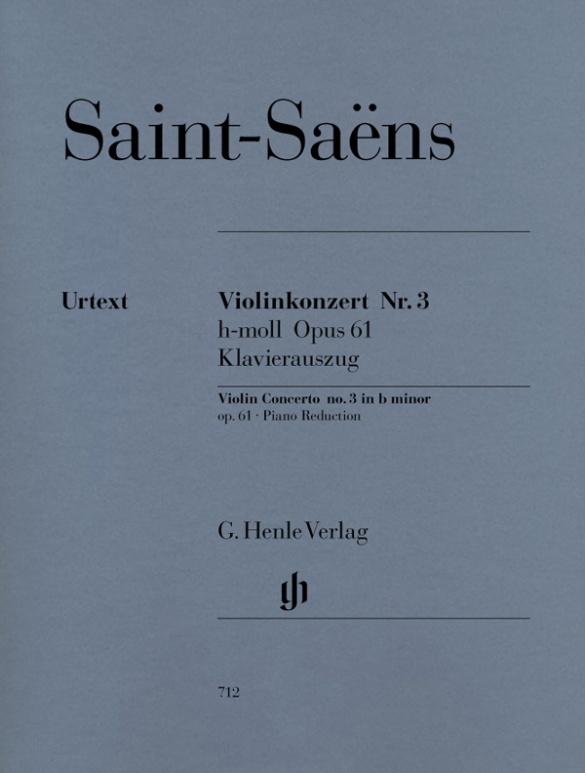

Camille Saint-Saëns
Concerto pour violon n° 3 en si mineur op. 61
Henle présente pour la premire fois une édition Urtext (la première édition allemande aussi) du célèbre concerto pour violon. La préface circonstanciée fournit tous les renseignements nécessaires sur la genèse de l'oeuvre et la situation des sources. Ernst Schliephake a bénéficié des conseils de Ruggiero Ricci pour les doigtés et les indications de coups d‘archet. Johannes Umbreit a, compte tenu des exigences du Urtext - la plus grande fidélité possible par rapport à la partition originale - et de la facilité d'exécution, remanié la réduction pour piano.
CONTENU/DÉTAILS
CONCERNANT LE COMPOSITEUR
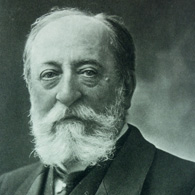
Camille Saint-Saëns
Saint-Saëns fut l’un des musiciens les plus éclectiques de la seconde moitié du XIXe s. en France. Considéré comme un compositeur de la veine classique il a également composé des œuvres au caractère sonore impressionniste et une œuvre avec des quarts de tons. Critique musical et auteurs d’écrits sur la musique, il a participé aux premières éditions intégrales des œuvres de Rameau et de Gluck.
| 1835 | Né le 9 octobre à Paris. Formation musicale précoce et complète. |
| 1848–52 | Études au Conservatoire de Paris. |
| 1853 | Organiste à Saint-Merry à Paris. |
| 1853–59 | Premières grandes œuvres: 1re et 2e Symphonies op. 2 (1853) et op. 55 (1859), 1er Concerto pour piano op. 17 (1858), 1er Concerto pour violon op. 20 (1859), Messe op. 4 (1856); il tente d’acquérir des formes personnelles. |
| 1857–77 | Organiste à la Madeleine. |
| 1861–65 | Il enseigne à l’École de Musique Classique et Religieuse Niedermeyer. |
| 1871 | Fondation de la Société Nationale de musique. |
| 1871–77 | Composition de poèmes symphoniques, «Le rouet d’Omphale» (1871), «Phaéton» (1873), «Danse macabre» (1874), «La jeunesse d’Hercule» (1877). |
| 1876 | Il assiste à une exécution du Ring à Bayreuth. |
| 1877 | Exécution de l’opéra «Samson et Dalila» à Weimar. |
| 1881 | Membre de l’Académie des Beaux-Arts. |
| 1883 | Exécution de l’opéra «Henry VIII» à Paris. |
| 1885 | Publication du livre «Harmonie et mélodie». |
| 1886 | Exécution à Londres de la Symphonie avec orgue (3e Symphonie en Ut mineur): œuvre majeure avec des transformations thématiques sur le modèle lisztien. Composition du «Carnaval des animaux» dont il interdit la publication tout au long de sa vie. |
| 1899 | Publication du livre «Portraits et souvenirs». |
| 1900 | Cantate «Le feu céleste» à la gloire de l’électricité et à l’occasion de l’inauguration de l’Exposition universelle. |
| 1921 | Meurt le 16 décembre à Alger. |
About the Authors

Peter Jost (Editeur)
Dr. Peter Jost, born in 1960 in Diefflen/Saar, read musicology, German and comparative studies at Saarland University in Saarbrücken. He did his PhD in 1988 with a thesis on Robert Schumann’s Waldszenen.
From November 1991 to April 2009 he was a research associate at the Richard Wagner Complete Edition in Munich, and since May 2009 has been an editor at G. Henle Publishers. His Urtext editions comprise predominantly French music of the 19th and 20th centuries, including works by Lalo, Saint-Saëns and Ravel.
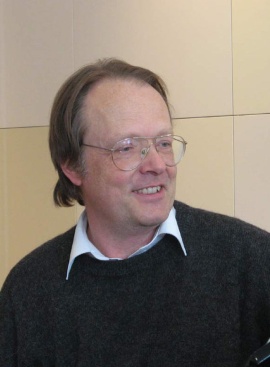
Johannes Umbreit (Réduction pour piano)
Prof. Johannes Umbreit studied the piano at the Musikhochschule in Munich. From 1987 onwards he was a regular accompanist at courses given by Wolfgang Schneiderhan, Thomas Brandis, Ljerko Spiller, Igor Ozim, Olga Woitowa, Ernő Sebestyén, Walter Nothas, F. Andrejevsky, Denis Zsigmondy and Zakhar Bron amongst others. He has appeared in numerous radio and TV broadcasts and plays chamber music with members of the Bavarian State Orchestra, the Munich Philharmonic Orchestra and the Bavarian Radio Symphony Orchestra.
He is on the jury of different international competitions and has been invited to several international music festivals. Umbreit was a teacher for almost ten years at the Musikhochschule in Munich and at the same time a lecturer for chamber music and piano accompaniment at the Richard Strauss Conservatory. Since 2008 he has been a lecturer at the Hochschule für Musik und Theater München. As the long-serving managing director of the Richard-Strauss-Gesellschaft, he was made an honorary member of the board in 2009. In May 2011, the Bavarian Minister of Culture appointed Johannes Umbreit an honorary professor of the Hochschule für Musik und Theater München on the suggestion of its academic senate.
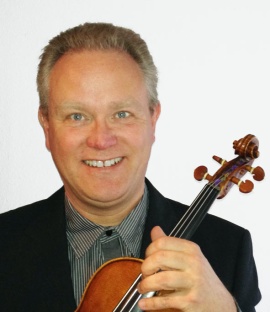
Ernst Schliephake (Doigtés violon)
Ernst Schliephake was born in 1962. At the age of seven he was already a state prize-winner in the category violin at the young people’s music competition “Jugend musiziert”; the following year he achieved the same result with the clarinet. He was taught by Klaus Speicher and Heinz Hepp (violin and clarinet) and studied the violin in 1979 with Prof. Lukas David in Detmold, working as his assistant between 1983 and 1985. Aside from playing the violin in Tibor Varga’s chamber orchestra, he also played many chamber concerts with him, predominantly as a clarinettist. A master-class with Ruggiero Ricci 1981, led to an intensive collaboration and friendship.
Since 1986 he has been a violinist with the Düsseldorf Symphony Orchestra, the Bavarian Radio Symphony Orchestra and the Bavarian State Opera, and since 1989 has been the associate concertmaster with the Munich Symphony Orchestra.
Informations sur la sécurité du produit

G. Henle Verlag
Vous trouverez ici des informations sur le fabricant du produit.G. Henle Verlag e.K.
Forstenrieder Allee 122
81476 München
Allemagne
info@henle.de
www.henle.com
A scholarly Preface written in Henle´s usual fastidious manner indicates that the autograph and the first edition of the score have been taken as the two main sources for this Urtext edtion. Phrasing and slurring remains faithful to the old Durand edtion and Ernest Schliephake offers bowing suggestions that are workable and appropriate for the most part.
Stringendorecommandations
autogenerated_cross_selling
Autres éditions de ce titre
Autres éditions de ce titre


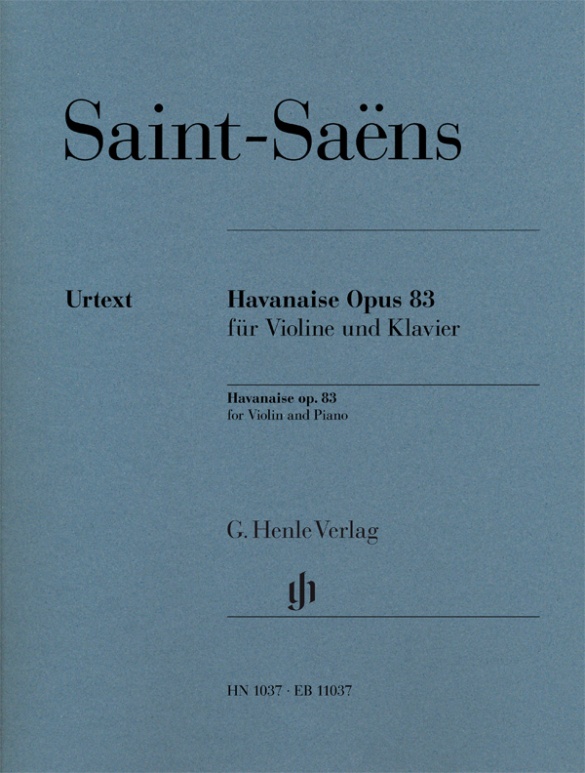

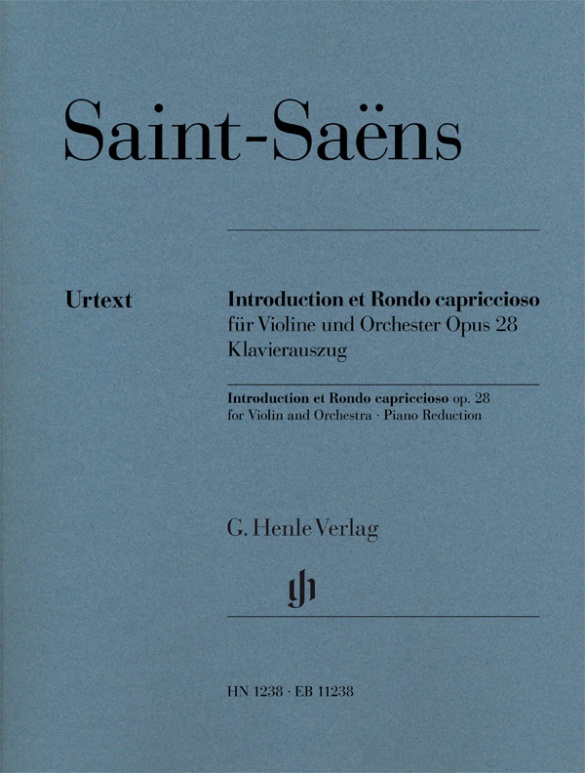
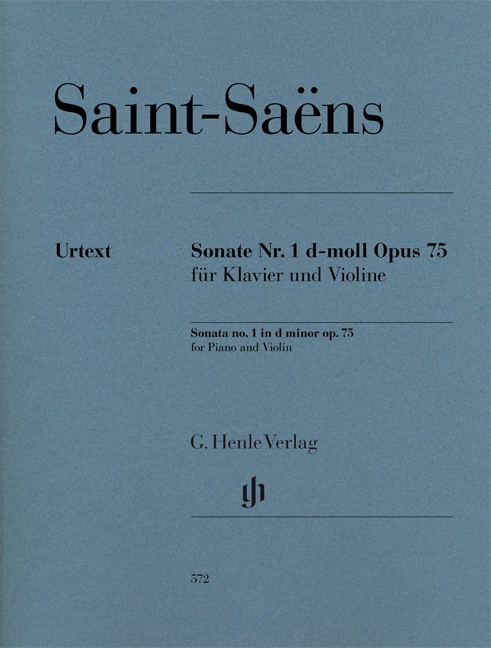
parties avec ou sans indications de doigté